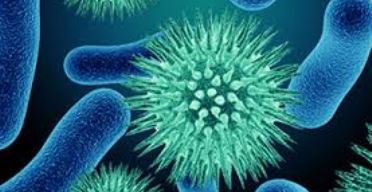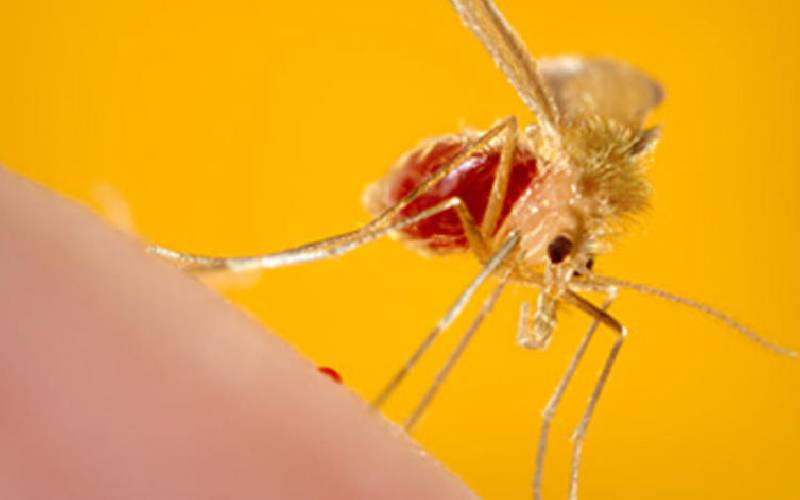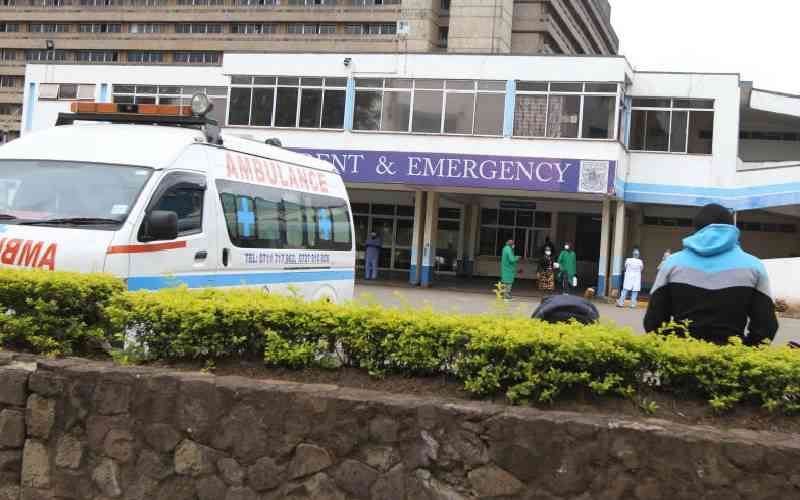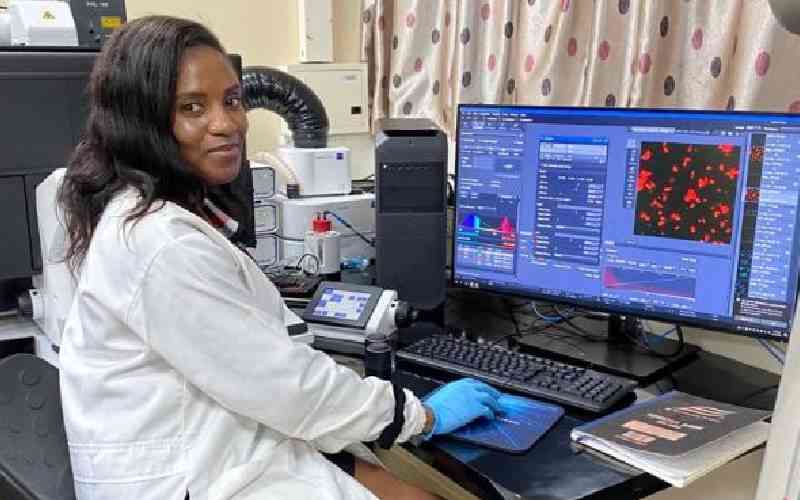
Upper respiratory tract infections, skin disease and malaria are leading illnesses taking Kenyans to hospital.
A report by the government statistics agency also lists diarrhoea, arthritis, fever, urinary tract infection and hypertension as the other ailments that burden majority of Kenyans.
The report by the Kenya Bureau of Statistics (KNBS) shows the burden of upper respiratory tract infections and malaria being almost equal between children and adults.
Both these conditions follow each other in the top 10 list of most common diseases in the country.
The data, which cuts across all the 47 counties, has Nairobi carrying a bigger portion of this burden, probably due to its population of 4.6 million persons.
The data is based on 2018 hospital visits and documents of over 17 million cases of upper respiratory infections reported across hospitals in the country.
Of these, 11.2 million cases are from patients aged above five years, while 6.3 million are children below five.
Symptoms of upper respiratory tract infections include nasal congestions, running nose, and sore throat.
Nairobi leads with the most cases of upper respiratory tract infections among those aged above five with 564, 226 cases, followed by Kiambu 502,203, Kitui 491,970, Nakuru 431,595 and Kakamega 431,032.
For children under five, Nairobi still leads with 408,447, Kiambu 300,588, Uasin Gishu 215,534, Kitui 209,486, and Nakuru 205,326 cases.
Suspected malaria is the second reason for hospital visits with 6,007,239 cases in 2018. However, only 3,939,220 cases turned positive after tests.
Kakamega County led in both suspected and confirmed cases of malaria, with 843,290 and 413,295 cases respectively.
Siaya followed with 345,523 cases, Busia 273,828, Kisumu 264,469, Bungoma 191,522, Turkana 117,519 and Vihiga 106,705.
This is replicated among children under five, with Kakamega leading with 151,242, followed by Siaya 142,364, Busia 137,935, and Bungoma 109,448.
The government is rolling out mass vaccination of children below two years in these counties as part of the country’s efforts to reduce deaths associated with malaria.
The vaccine, launched in September 2019, targets 360,000 children aged below two years. Each child will receive four doses of the vaccine, at six, seven, nine and 24 months.
“The disease is one of the top 10 causes of illness and death in the country and a leading killer of children under the age of five. New interventions are needed to complement those currently in use to further drive down the disease burden in the country,” said then Health Cabinet Secretary Sicily Kariuki during the launch.
Incidence of skin disease cuts across both children and adults, with 3.2 million cases among persons aged five and above and 1.1 million for children below five.
There were 1.9 million cases of fever, with those aged above five years reporting 1,003,632 cases.
Diarrhoea ravaged both populations in equal measure, with 1.4 million cases among children below five and 1.5 million in persons aged five and above.
The distinction between the two populations in the top 10 diseases was in the cases of arthritis, eye infection, urinary tract infection, tonsillitis pneumonia and hypertension.
There were 1.8 million cases of arthritis and 1.3 million for hypertension among the adult population, but none among the under-fives. Additionally, eye infection, tonsillitis and pneumonia which had 330,681, 426,881, 652,514 respectively was among the top ten in the below five populations.
Mt Kenya region had the most cases of arthritis and joint pains, with Meru leading with 193,251 cases, followed by Murang’a 102,434, and Nyeri 89,698.
Other counties with high numbers are: Nairobi 84,779, Makueni 84,675, Kiambu 83,726, Kirinyaga 82,158 and Tharaka Nithi 70,654.
The least cases of arthritis were recorded in Lamu that had 6,223 followed by Garissa 6,580 and Tana River 7,014.
A total of 1,825,551 cases of arthritis and joint pains were recorded for the population aged above five.
Nairobi County led in diarrhoea cases, both among children under five and people aged five and above. Among children aged below five, Nairobi reported 136,028 cases of the total 1,449,147, while Lamu had the least 7,867. Lamu cases my appear low when ranged against other counties, but the incidence becomes significantly higher when assessed as a fraction of the country’s population of 143,920.
A total of 1,569,949 diarrhoea cases were reported among those aged above five, with Nairobi topping at 145,002 and Isiolo 8,258.
While Nairobi County led with the most cases of skin disease among children aged below five (85,687), Kakamega had the most among those aged above five years, 193,509.
Intestinal worms, which featured in top 10 diseases among people aged above five recorded the most cases in Meru at 118,665, followed by Murang’a 111,877 and Tharaka Nithi 75,508.
 The Standard Group Plc is a multi-media organization with investments in media platforms spanning newspaper print
operations, television, radio broadcasting, digital and online services. The Standard Group is recognized as a
leading multi-media house in Kenya with a key influence in matters of national and international interest.
The Standard Group Plc is a multi-media organization with investments in media platforms spanning newspaper print
operations, television, radio broadcasting, digital and online services. The Standard Group is recognized as a
leading multi-media house in Kenya with a key influence in matters of national and international interest.











